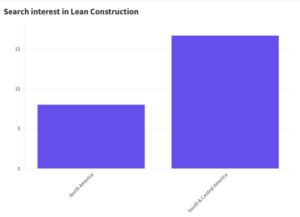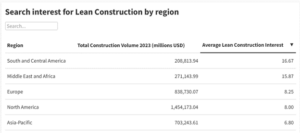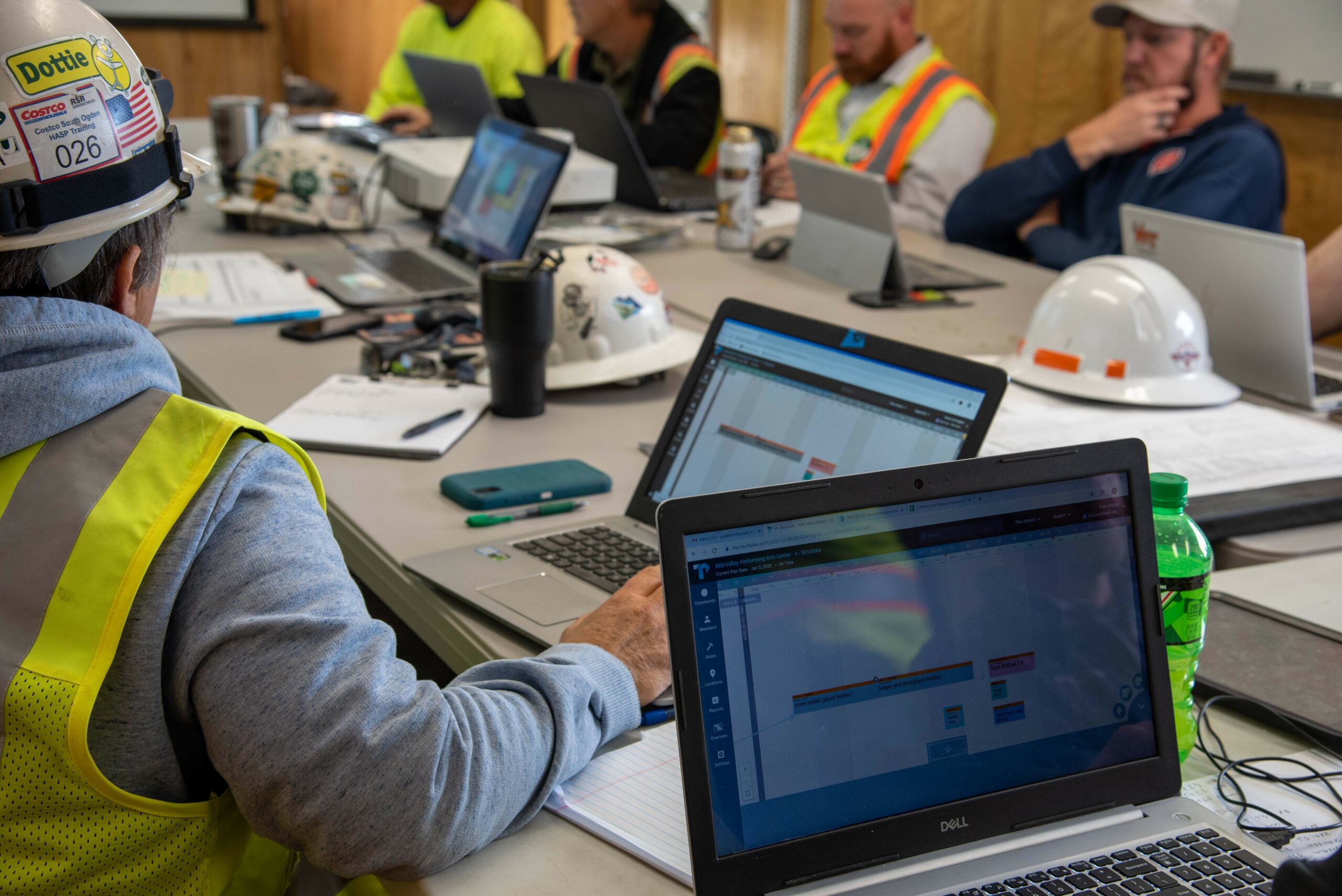In construction, a standardized tech stack that combines functions like scheduling, document control, and collaboration can improve planning and help teams work more efficiently.
But how do teams build a ConTech stack that’s tailored to the unique challenges of construction projects? What best practices help ensure company-wide adoption, especially at the field level? For industry leaders like EllisDon, balancing in-house tools with best-in-class external solutions is key to creating a tech stack that works for the entire team.
MOCA Systems Inc., the providers of Touchplan®, partnered with construction services company EllisDon to host a webinar titled, “Building a Best-of-Breed ConTech Stack – EllisDon’s Transformative Approach to Construction Technology.”
The live session featured Brett Adamczyk, MSI’s Executive Vice President, and Hammad Chaudhry, EllisDon’s Vice President of Innovation & Construction Technology. The industry experts explored how implementing a best-of-breed ConTech stack can address the challenges of today’s complex construction projects, focusing on digital solutions and strategies that enhance collaboration, efficiency, and data-driven decision-making across all project phases.
Hammad shared insight into EllisDon’s ConTech selection process, which was a rigorous, organization-wide process to find best-in-class solutions that would standardize workflows across projects. Reviewing over 250 software options, they prioritized solutions that addressed key needs in scheduling, project management, and document control. Touchplan was chosen as a central tool for its collaborative pull planning, real-time updates, and integration with software like P6 and Microsoft Project. By adopting Touchplan, EllisDon established a consistent approach to scheduling, enhancing transparency and accountability across projects.
Here are some additional takeaways from the informative webinar:
- An Integrated Tech Stack is Essential: Combining scheduling, document control, and collaboration technology improves workflows, accountability, and efficiency.“For EllisDon, we have some core tools that we’ve developed, and we have maybe 250 other tools that play a part. We wanted to get to the next level where we were able to standardize with one partner.”
- Standardization Ensures Quality and Consistency: Standardized digital solutions provide reliable data, improve decision-making, and set the foundation for AI. “Having standardized tools and processes ensures a consistent process from job site to job site, so people can move between projects without relearning everything.”
- Collaborative Solutions Boost Accountability: Real-time platforms like Touchplan aligns teams and helps them proactively manage issues. “In our pull-planning process, we openly discussed where potential friction points could be, and Touchplan allows teams to take accountability and help validate those areas for improvement.”
- Data Aggregation Enables Smart Decisions: Aggregated data offers valuable insights and prepares teams for the future. “One of the great initiatives we’ve been able to develop at EllisDon is having a large insights analytics team. We’re pulling in data from our own systems, Gate 3 and FieldWire, and from our strategic partners to create dashboards and reports as machine learning and AI become more applicable.”
- Training and a Tech-Savvy Generation Drive Success: Effective training and a digitally skilled workforce accelerate tech adoption and bridge generational gaps. “It’s a reverse mentorship opportunity. Digitally skilled new team members can help train and upskill existing team members on tech, while learning from experienced builders.”
You can watch the webinar here.
If you’re ready to build a best-of-breed ConTech stack, schedule a live demo with us today to discover how Touchplan can be an essential part of your solution for successful project delivery.












